Cheaper but Better? How Longmont’s House Pricing Compares to Boulder
Hat tip: Ethan Altshule
Boulder is one of those places everyone wants to live: vibrant downtown, easy access to the mountains, great restaurants, and an outdoors lifestyle most people only dream about. The problem is the price. With Boulder’s median home price well north of one million dollars, it simply puts the city out of reach for a lot of buyers and renters.
If Boulder sounds like the lifestyle you want but the price does not, there is a realistic and very attractive alternative only about 25 minutes away: Longmont, Colorado. Longmont gives you almost everything you get from Boulder—outdoor access, community amenities, and the Front Range lifestyle—while being dramatically easier on the wallet. Below I’ll walk through why Longmont is such a compelling option, the numbers that back it up, and what life really feels like there.
Why Longmont? The Big Picture
There are four core reasons I recommend Longmont as an alternative to Boulder:
- Affordability and value
- Independence as a fully built-up city
- Outstanding outdoor and recreational opportunities
- Location and convenience to Boulder and the mountains
Each of these points matters on its own, but together they make Longmont feel like a smarter long-term choice for many people who love the Boulder lifestyle but cannot justify the astronomical housing costs.
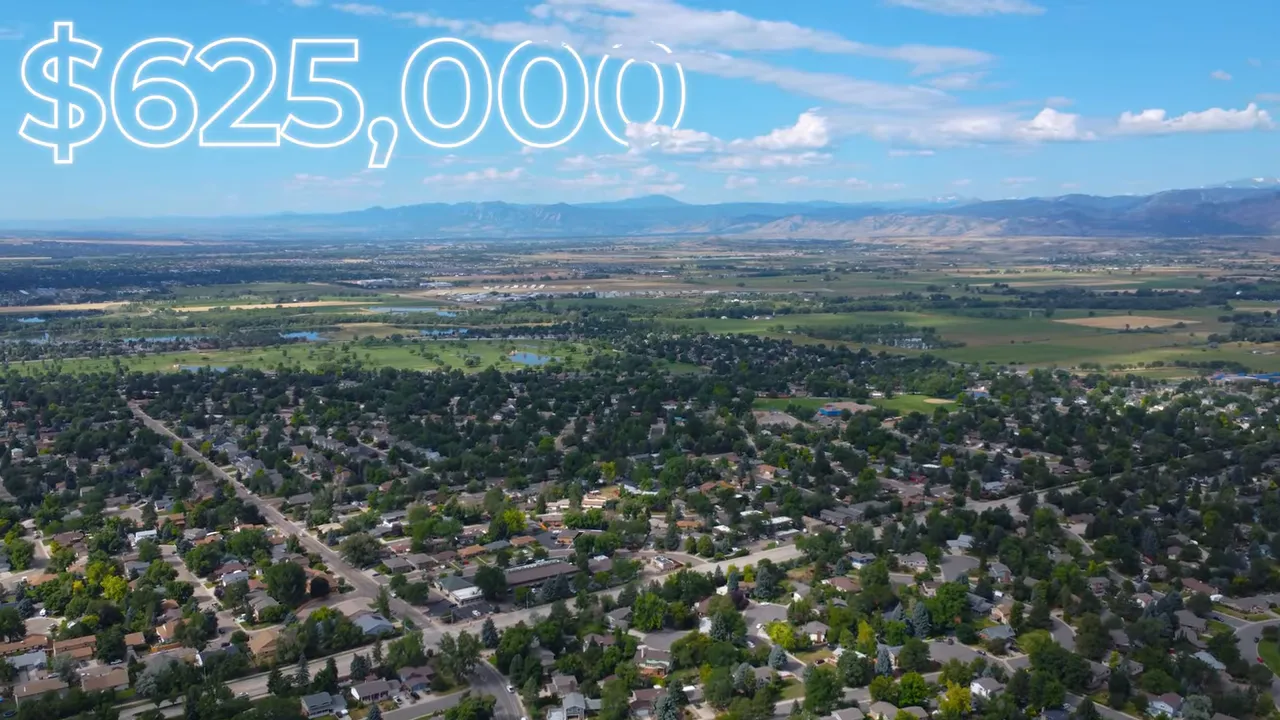
Affordability and Value
Let’s start with the numbers because they tell the story plainly. At the time of this analysis, the median home price in Boulder was approximately $1.15 million. In Longmont the median was roughly $625,000. That is nearly half the price—about 45 percent more affordable.
Affordability is about more than the sticker price though. In Longmont you often get more physical home for less money. The median home size in Longmont is around 2,450 square feet, compared with Boulder’s median of about 2,250 square feet. That means you can expect slightly larger properties in Longmont for a much lower price.
“So you’re getting slightly bigger properties in Longmont for around half a million dollars less in cost.”
Age of the housing stock matters too. Boulder’s median build year lands around the late 1970s (1977), with a large share of homes from the 1960s through the 1980s. Longmont’s median build year skews newer at about 1989, with notable development in the 1970s, 1990s, and 2000s. Newer homes often mean fewer immediate maintenance headaches and more modern layouts.
Bottom line: with Longmont you frequently get larger, newer homes at a fraction of Boulder’s cost. For families, first-time buyers, or anyone who simply values a little extra space, that difference adds up quickly.
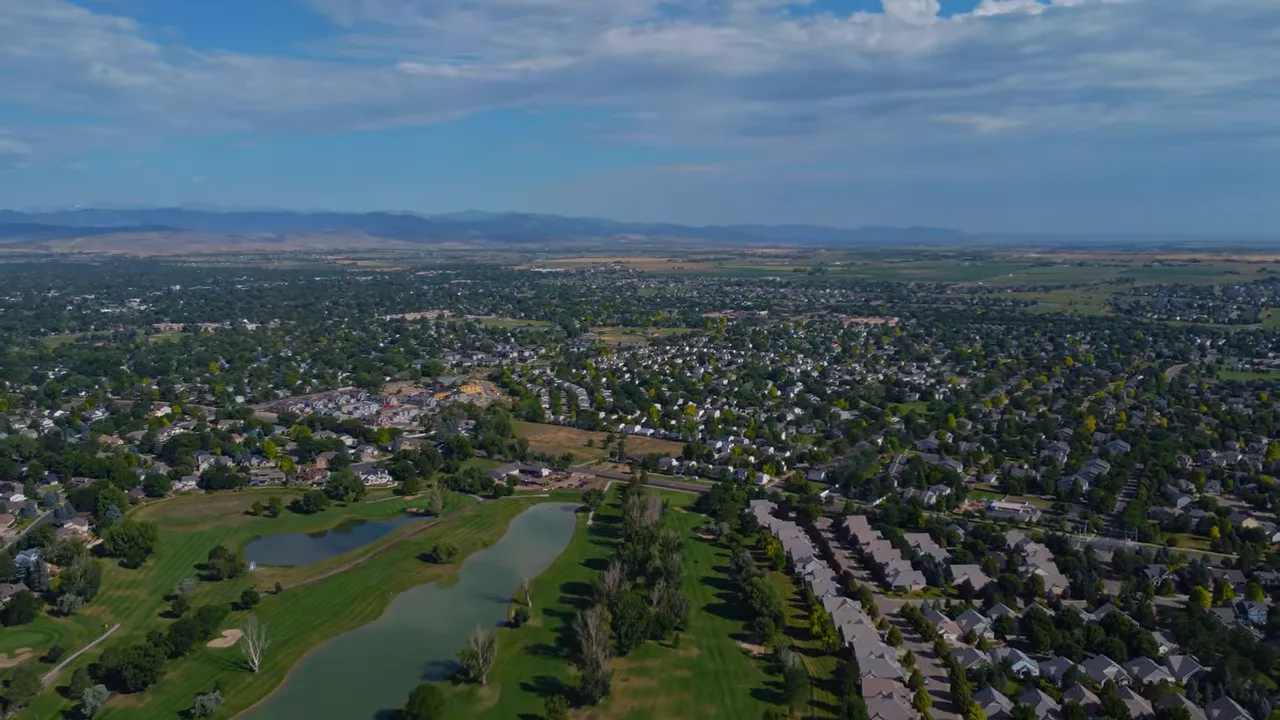
Longmont as an Independent City
Some towns near Boulder feel like little satellites—charming, yes, but heavily dependent on Boulder for jobs, shopping, and entertainment. Longmont is different. It is a fully built-up city with a diverse mix of residential neighborhoods, commercial corridors, and industrial areas. This makes it capable of standing on its own for day-to-day life.
Here are a few practical implications of Longmont’s independence:
- Grocery stores, medical facilities, and local businesses are readily available without needing to drive into Boulder every time.
- There are local employers, light industry, and commercial centers, so many residents work right in town.
- The city supports a robust downtown, community events, and civic infrastructure that feels like more than a bedroom community.
I will say that commuting to Boulder for work is common, and Longmont’s location makes that commute reasonable for many people. But you do not need to rely on Boulder for basic needs in the way you might in some smaller towns.

Outdoor Life: Reservoirs, Trails, and More
Longmont is not just affordable and functional; it is also positioned to deliver the Colorado outdoor lifestyle that draws people to the Front Range. The city and surrounding areas offer plenty of ways to get outside:
- Several golf courses with great Front Range views.
- Nearby reservoirs for kayaking, paddleboarding, fishing, and relaxing in the sun.
- A network of local trails ideal for hiking, mountain biking, horseback riding, and, in winter, snowshoeing or cross-country skiing.
Some of the most popular water spots include McIntosh Lake on the west side of town, Union Reservoir on the east, and the Boulder Reservoir a short drive to the southwest. The St. Vrain River and other local waterways are popular tubing spots in spring and summer—perfect for family days or weekend outings.
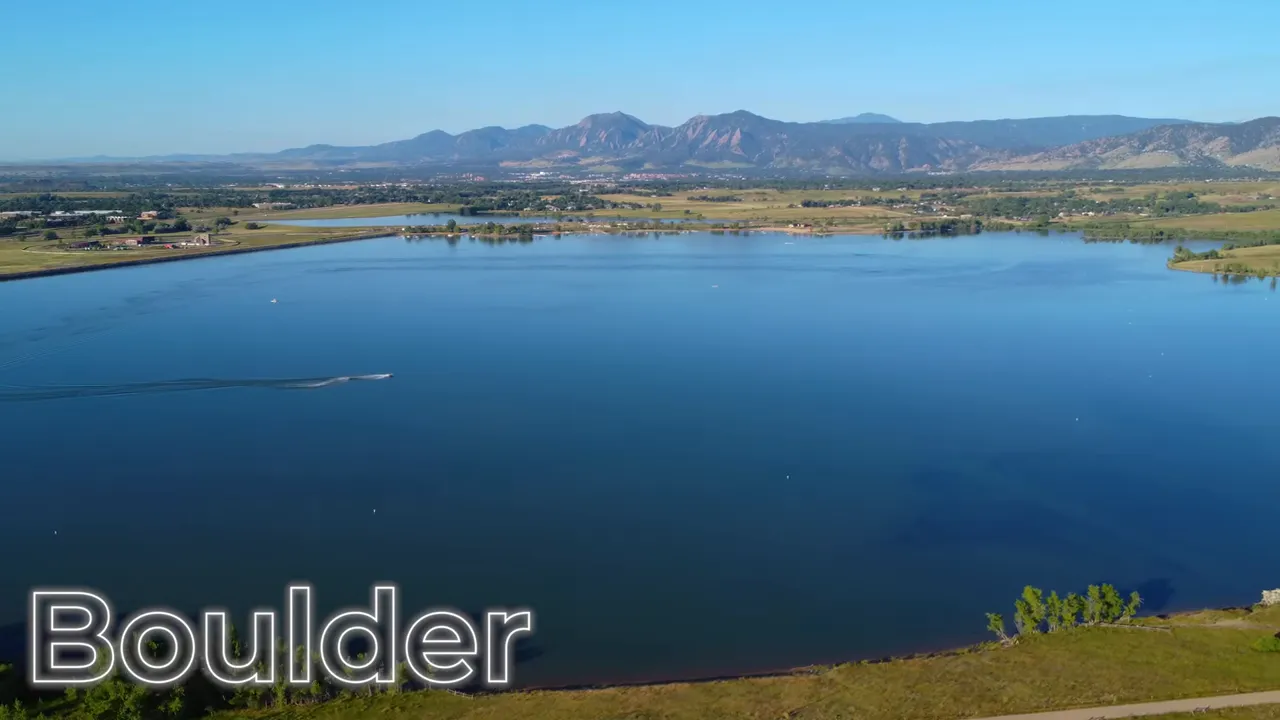
If you want big mountain hikes, you are still within easy reach of classic Front Range destinations. Places like Estes Park are roughly a 30-minute drive into the mountains, and other trailheads in Golden or north to Loveland provide endless options for day trips.
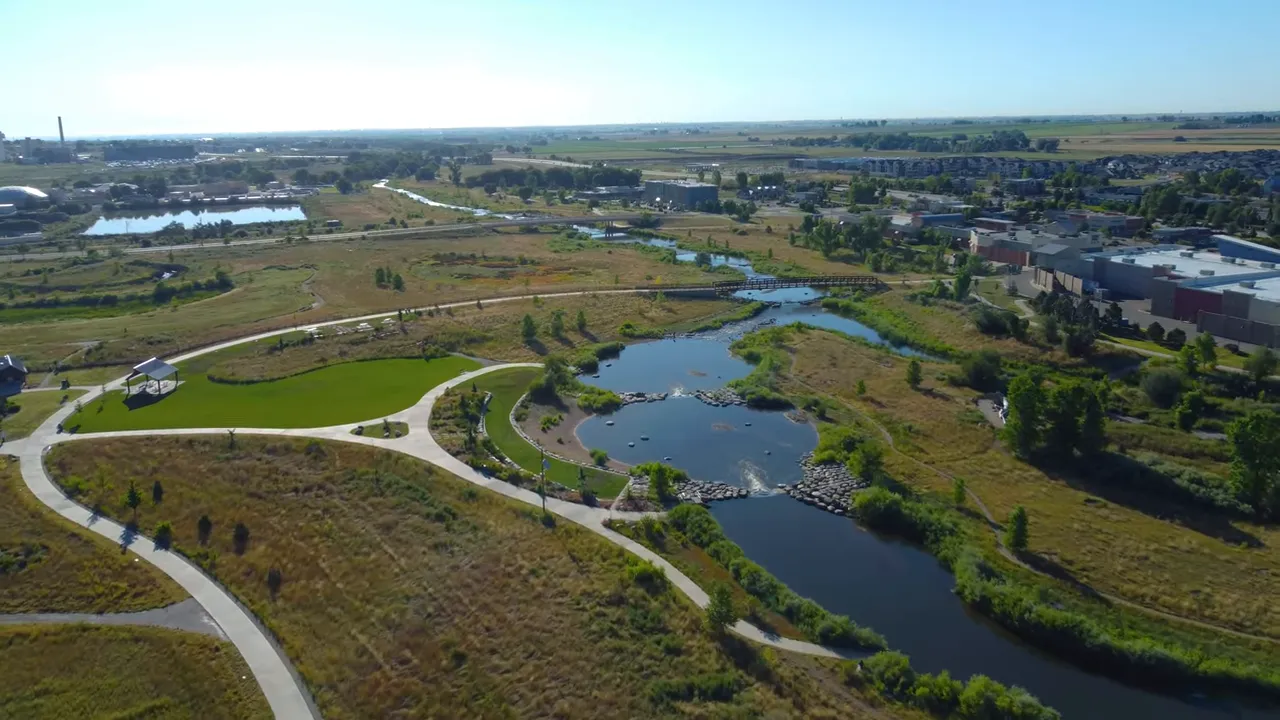
Location and Convenience: Close Enough to Boulder Without the Cost
The strategic advantage of Longmont is simple: you can get the benefits of Boulder without paying Boulder prices. At roughly 25 minutes from Boulder, Longmont sits in a sweet spot. It is close enough for commuting or evening trips into the city, but separate enough to avoid the premium that Boulder commands on housing.
The advantages stack up:
- Better real estate and rental markets for buyers and renters.
- A city that can stand alone for most residents’ daily needs.
- Strong outdoor amenities both inside Longmont and in the surrounding Boulder County.
- Easy access to larger urban amenities, niche shopping, and entertainment in Boulder when you want it.
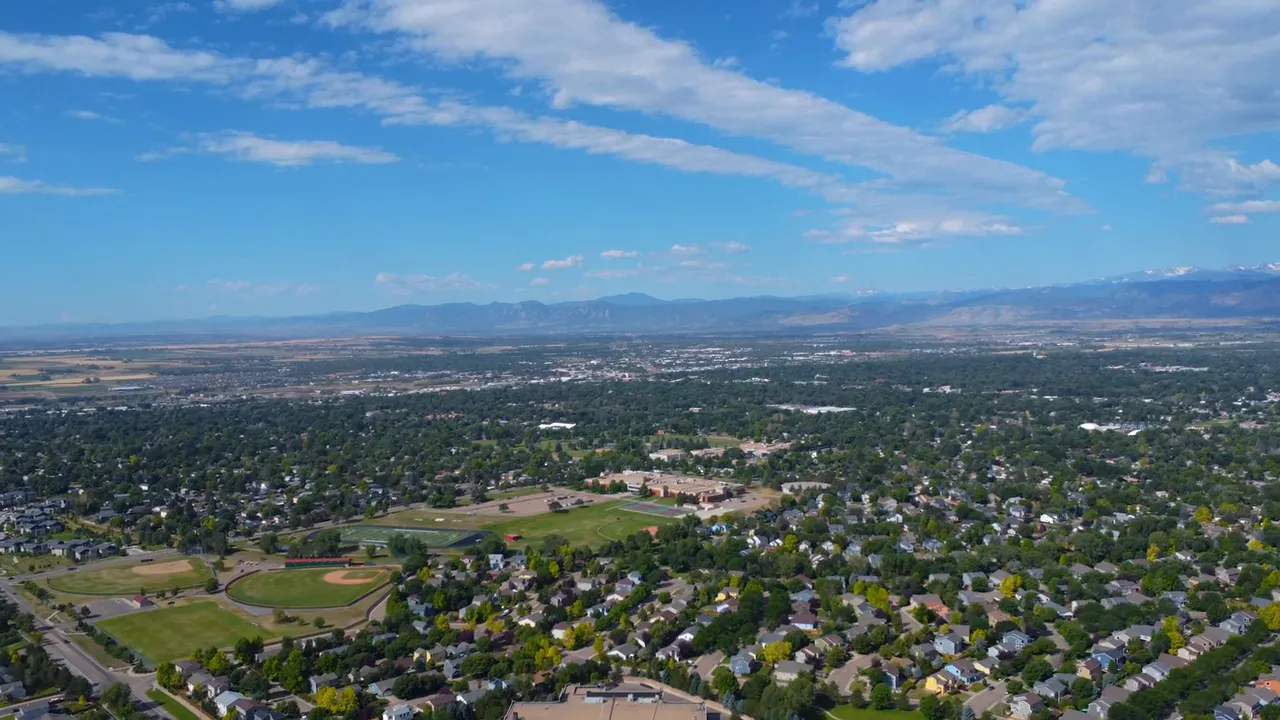
Who Longmont Is Best For
Longmont is a great option for several types of buyers and renters:
- Families needing more space and a neighborhood feel without paying Boulder premiums.
- First-time homebuyers looking for affordability and a broad range of housing stock.
- Remote workers who want access to outdoor recreation and a strong community.
- Commuters who work in Boulder but prefer lower housing costs and larger homes.
If you value outdoor recreation, good schools, and a town with its own identity—but still want to be close to Boulder’s cultural and employment hubs—Longmont is worth serious consideration.
Final Thoughts and Next Steps
Longmont is intentionally positioned to capitalize on the appeal of Boulder County without the prohibitive real estate costs. The city offers:
- Meaningfully lower home prices
- Larger and often newer homes
- An independent, fully developed urban fabric
- Abundant outdoor options within town and easy access to the mountains
- Convenient proximity to Boulder—about a 25-minute drive
For anyone who loves Boulder but cannot justify the price tag, Longmont is a practical and highly attractive alternative. It gives you most of the lifestyle benefits of Boulder—access to trails, reservoirs, and mountain towns—while allowing your housing dollar to stretch much further.

If you are researching a move to the Front Range and want more specifics about neighborhoods, schools, commute times, or current market numbers in Longmont, reach out. I speak with people every week who are doing the research before deciding where to plant roots, and I am happy to share what I know and help you evaluate options across Boulder County.
Longmont may be the hidden gem you never knew existed—affordable, walkable, outdoor-friendly, and close enough to Boulder to enjoy its best parts. If that sounds like what you are after, it is absolutely worth a visit and serious consideration.

Resources and Next Steps
- Schedule a visit to Longmont and spend time downtown and at local parks to get a feel for daily life.
- Compare listings between Boulder and Longmont on price per square foot, lot size, and age of homes.
- Explore local amenities like reservoirs, golf courses, and trail systems to see which neighborhoods match your lifestyle.
Longmont is more than a cheaper alternative. It is a place that stands on its own merits and offers an excellent quality of life for many people who love the Front Range. If you want help evaluating whether Longmont is right for you, I am available to answer questions and guide you through what to look for.

